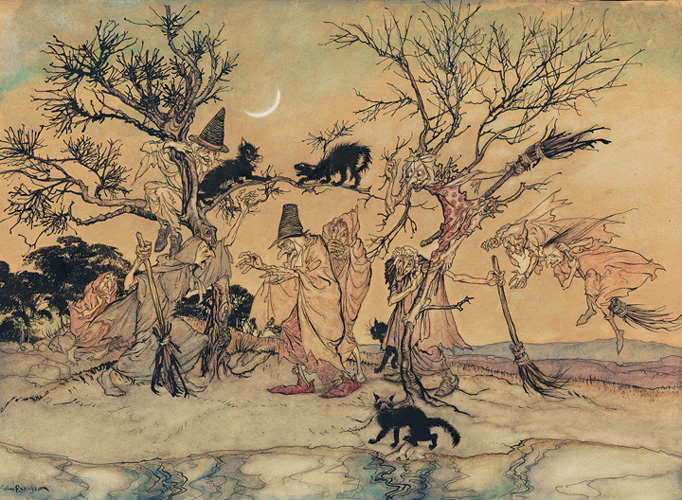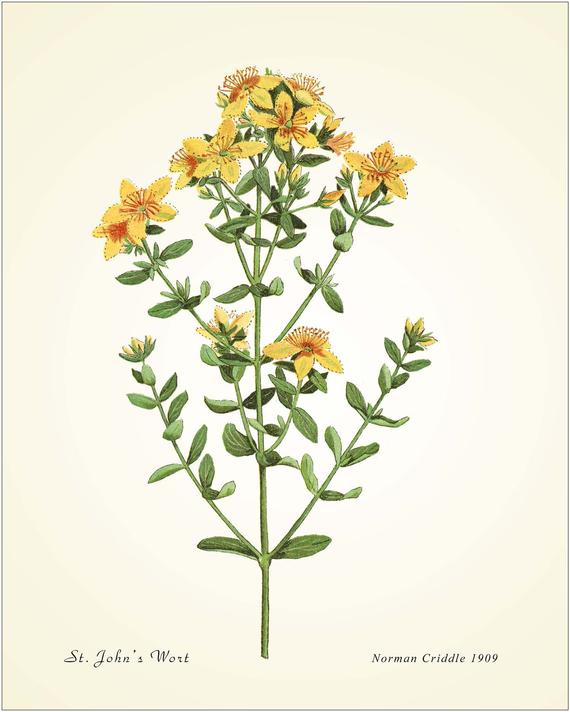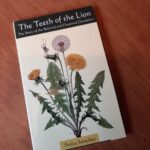 Eye of newt and toe of frog,
Eye of newt and toe of frog,
Wool of bat and tongue of dog,
Adder’s fork and blind-worm’s sting,
Lizard’s leg and owlet’s wing…
Double, double toil and trouble;
Fire burn and cauldron bubble.
Witches, it’s well known, use frog’s toes and cat’s eyeballs and so forth in their potions. But some of these macabre ingredients are merely plants in disguise.
The witch who used, say, dead men’s fingers and swine’s snout in a brew may have been a skilled herbal healer: dead-man’s-fingers is the common name given to a type of fungi (Xylaria polymorpha), and swine’s-snout is another of the many aliases of dandelions, from the snub-nosed shape of the closed seedhead.
A few charms and spells muttered over the cauldron, or some spooky extraneous ingredients tossed in, could boost the patient’s morale and increase confidence in the medication–which might indeed help the healing process. And undoubtedly there were herbalists who believed that they were really practicing magic.
Dandelion’s milky sap was seen as representing both semen and mother’s milk, so it was an important part of fertility charms. It was frequently known under other names, like witches’ milk or witch-gowan (gowan being an archaic word for daisy.) And, while planting a triangular pattern of dandelion seeds in a magical pot won’t do much for your fertility, ingesting a plant rich in vitamins and protein might well provide the added nutrition that could increase a woman’s chances of conception, or of giving birth to a healthy child.
Scratch a myth and find a fact, as they say. Take St. Johnswort, for example, a common plant of European meadows and pastures that made an unrecorded jump across the water to America centuries ago. The plant has bright yellow petals and an unusual reddish sap that will ooze out of a crushed leaf and stain your fingers as though with blood. The blossoms open about the end of June in a sunburst of yellow petals, just at the time of the summer solstice, Midsummer Eve. In some areas of northern Europe, the red sap gave the plant the name Balder’s-blood, Balder being a Norse god who died tragically. The plant has long been considered a symbol of the sun, and has an ancient history of being a powerful protection against evil.
As Christianity spread through Europe, many of the ancient pagan traditions didn’t die, they merely changed their outer garments and hid among the converts to the new religion. The sunny yellow plant with the red sap became St. John His Wort, or St. Johnswort (wort being an old English word meaning plant.) The ancient rites and celebrations of the summer solstice were metamorphosed into St. John’s Eve, and the red sap became a reminder of the blood of the martyred saint.
St. Johnswort was (and is, in the Wiccan tradition, to this day) highly recommended for use in spells to counter black magic and fight off evil spirits. You can buy St. Johnswort, along with dandelion and other magical herbs, as well as cauldrons, witches’ brooms and dragon’s egg candles, at any one of innumerable magical supply shops or websites. And of course if you walk into any pharmacy today, you can also buy St. Johnswort as a drug; doctors prescribe it for depression.
It’s not hard to see how a plant that is medically classed as a mood elevator came to be labeled as one that fights off evil spells. You feel sad, depressed, under the weather–possibly evil magic is dogging your footsteps, or someone has put a curse on you. You visit the local witch-wife, and she brews you a potion of St. Johnswort tea. You feel better! The bad luck or black magic that has been affecting you is vanquished by the sun-power of the plant. Some of these ancient customs flourished for so long because under the layers of superstition and ritual, there was a strong bedrock of science.
For more dandelion lore and ecology, check out my book The Teeth of the Lion: The Story of the Beloved and Despised Dandelion.






Recent Comments